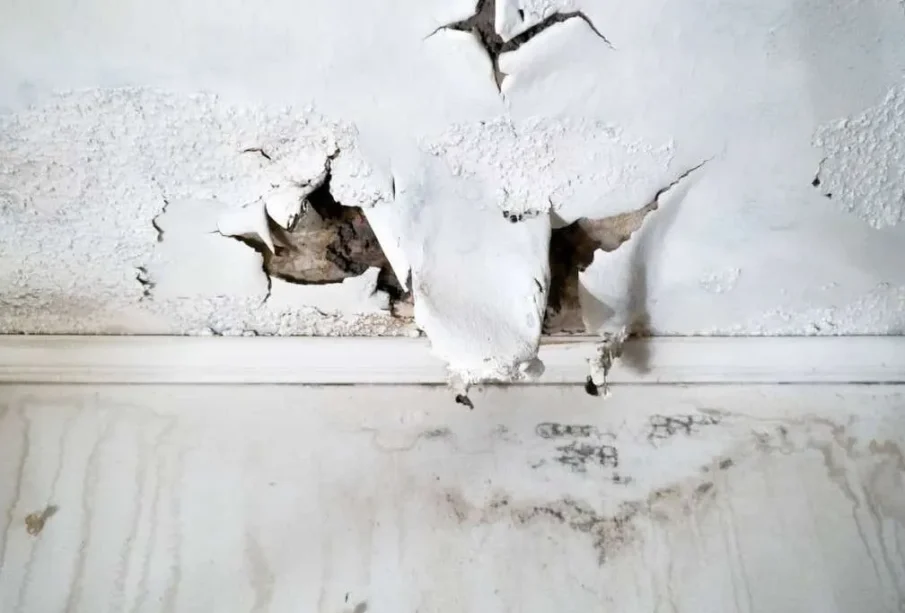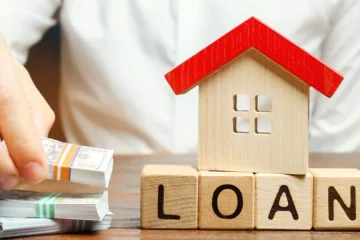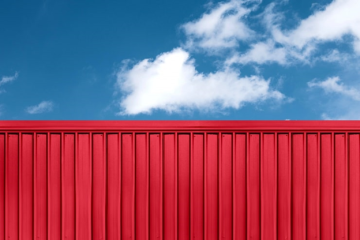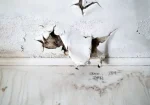The Importance of Sanitization After Water Damage

When water damage strikes, most homeowners focus on getting rid of the visible water and drying their property. While that’s a critical first step, it’s not enough on its own. Floodwater, sewage, and even clean water that has been sitting for more than 24 hours can leave behind harmful contaminants. Sanitization after water damage is essential for restoring not just your home’s structure, but also a safe and healthy living environment.
Why Contaminated Water Is So Dangerous
Not all water is the same. Water damage professionals classify it into three categories: clean water (from broken supply lines), gray water (from appliances), and black water (from sewage or flooding). While clean water may sound harmless, it becomes contaminated quickly as it soaks into building materials. Gray and black water carry bacteria, viruses, pesticides, and even raw sewage. Contact with these contaminants can cause skin irritation, stomach illnesses, and respiratory issues. Simply drying the area won’t remove these health hazards.
How Contaminants Spread
Once water enters a home, it doesn’t stay in one place. It spreads across flooring, wicks up into drywall, and seeps into insulation. Contaminants hitch a ride with the water, spreading throughout the property. As the water evaporates, microscopic particles become airborne, affecting indoor air quality. Without sanitization, the home may look clean but still harbor invisible threats.
The Professional Sanitization Process
Sanitization after water damage requires specialized techniques. Professionals start by removing unsalvageable materials like carpet, insulation, or drywall that have absorbed contaminated water. Then, they disinfect all remaining surfaces with hospital-grade cleaning solutions designed to kill bacteria and viruses. HEPA air scrubbers are often used to filter the air, capturing mold spores and contaminants that would otherwise circulate through the home.
“Sanitization isn’t an optional step, it’s the difference between a safe home and a lingering health hazard,” explains Jack Loyd of Dallas Restoration Pros. “Our goal is to restore more than walls and floors, we restore peace of mind by ensuring families are safe.”
Why DIY Cleaning Isn’t Enough
Many homeowners believe they can handle sanitization themselves with bleach or household cleaners. Unfortunately, these products rarely penetrate deeply enough to address contaminants hidden inside walls, floors, or HVAC systems. Worse, using the wrong cleaning agents on certain materials can cause additional damage or create toxic fumes. Only trained professionals have the equipment and expertise to safely sanitize after water damage.
Protecting Health and Preventing Future Issues
Sanitization not only protects health immediately but also prevents future problems. Contaminants left behind create the perfect environment for mold growth, pest infestations, and ongoing odors. By thoroughly disinfecting after water damage, homeowners ensure their property is safe to live in and reduce the risk of recurring issues.
A Safe Path Forward
Water damage restoration is about more than drying a house, it’s about making it safe again. Sanitization restores indoor air quality, protects against illness, and ensures contaminants won’t cause future headaches. Homeowners who skip this step often regret it later, when mold, odors, or health complaints return. Professional sanitization guarantees that once restoration is complete, the home is truly habitable again.
















